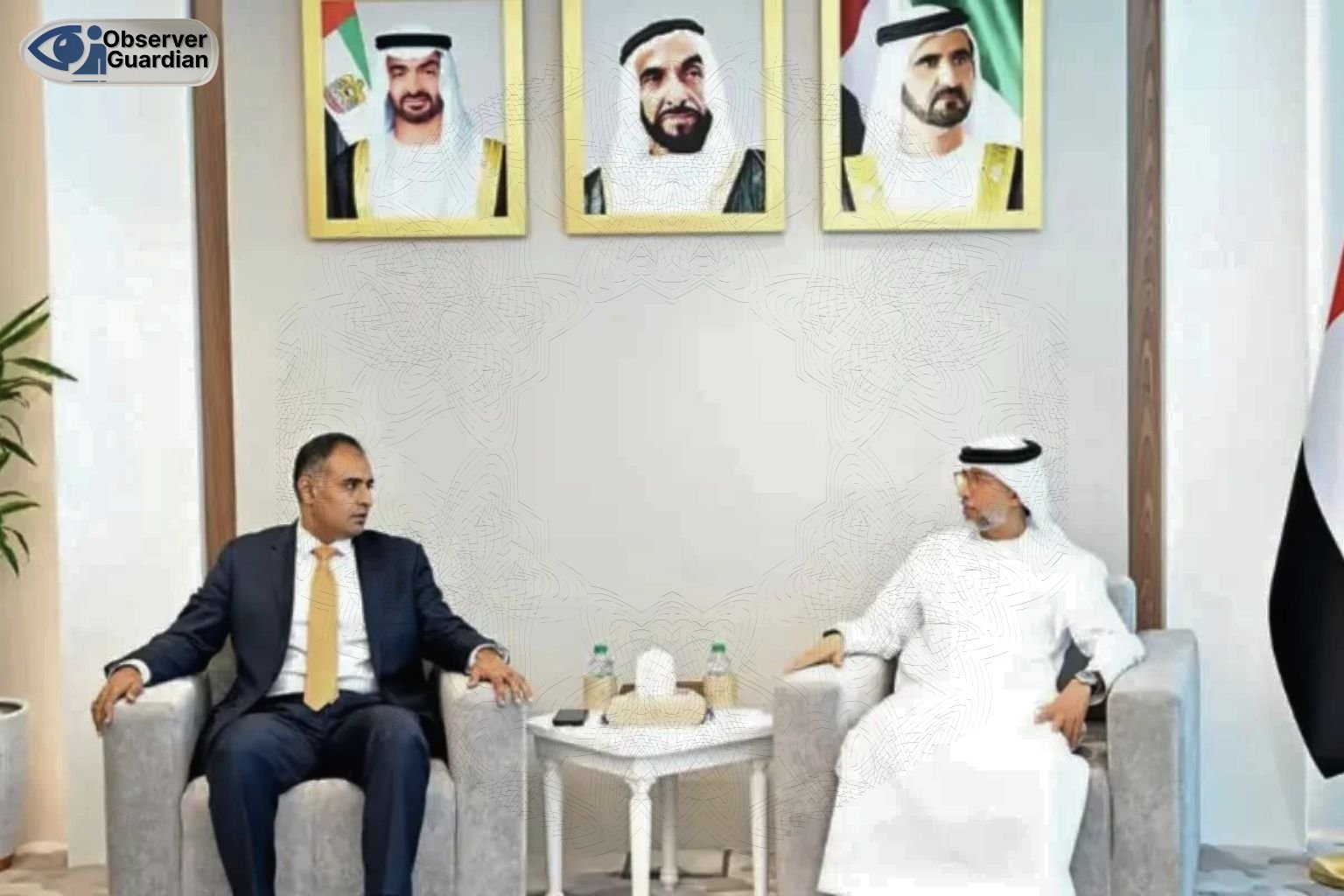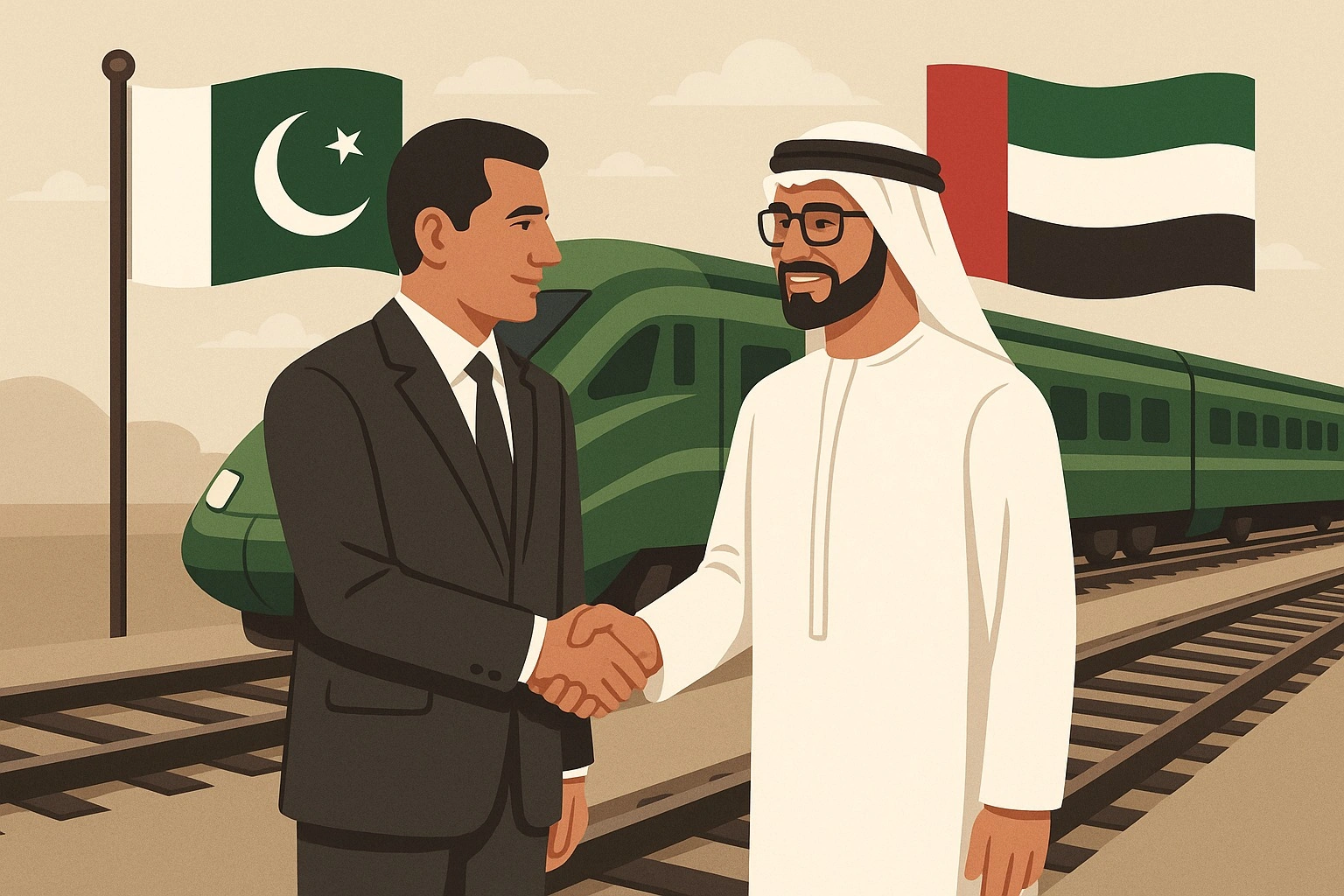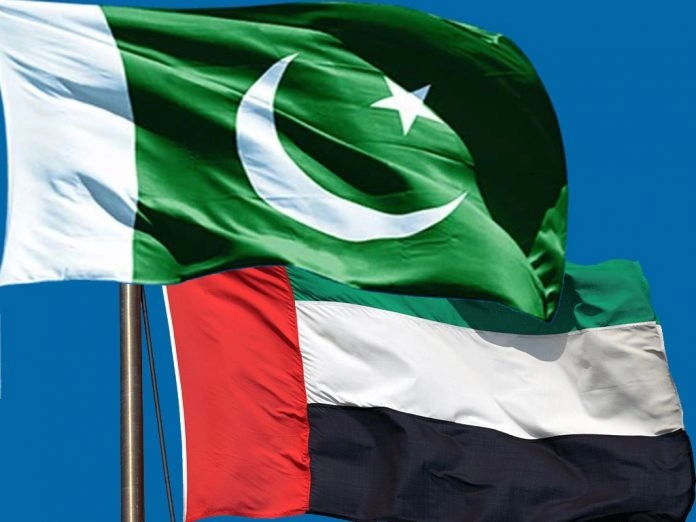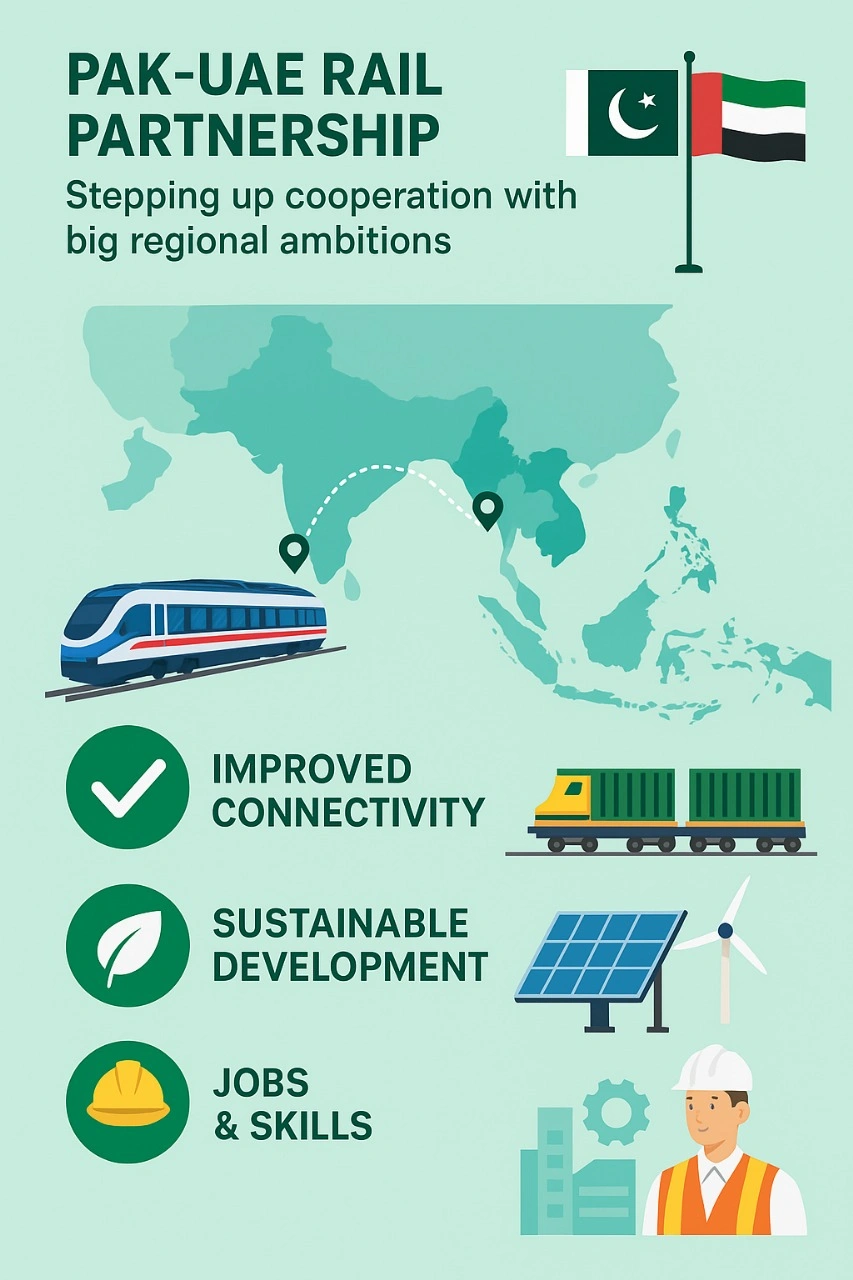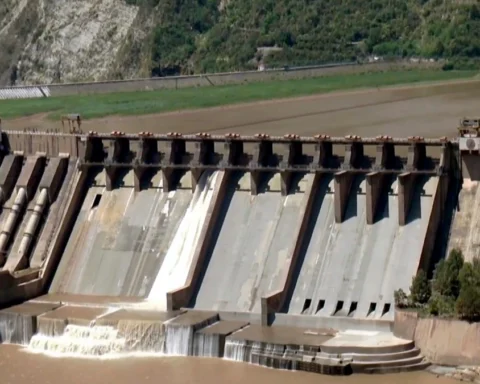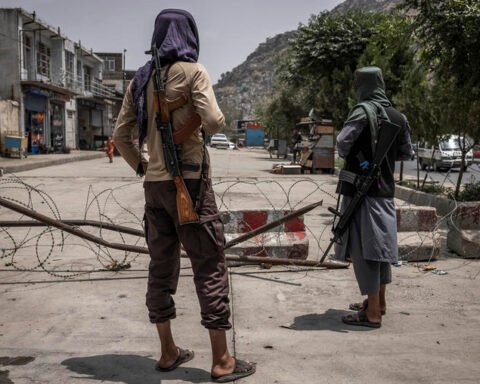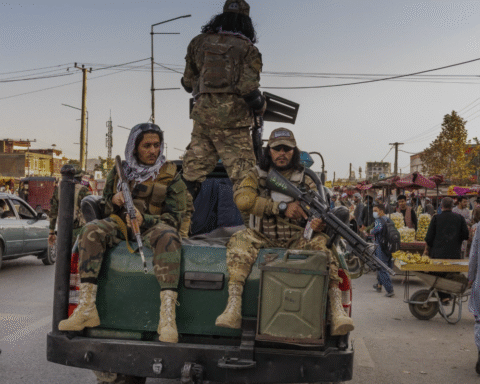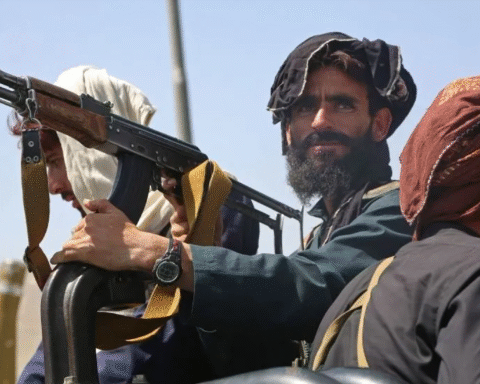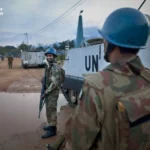Stepping Up Cooperation with Big Regional Ambitions
Pakistan and the UAE are giving their long standing friendship a modern twist this time on the rails. Both sides have agreed to work together on modernizing Pakistan’s railway network and improving regional connectivity. It is the kind of collaboration that could quietly reshape how trade and travel flow between South Asia and the Gulf.
This is not just another infrastructure deal on paper. It is a sign that both countries see value in investing in sustainable, long term partnerships that move economies forward. Strengthening rail links can do more than make trains run faster, it can connect people, markets, and opportunities in a way that roads and air routes alone cannot.
Why It Matters
For Pakistan, the timing is important. The country’s rail system has needed serious upgrades for decades. Projects like the ML-1 and ML-3, which connect key industrial and port cities, have been in discussion for years, but funding and execution have been tough hurdles. With the UAE’s support, there’s new energy behind getting these projects on track (literally and figuratively).
The UAE, for its part, has plenty of experience in logistics and transport infrastructure. Think of how DP World has turned Dubai into a global port and trade hub. Bringing some of that expertise to Pakistan’s rail sector could be a game changer. Better rail connectivity means lower transport costs, smoother trade routes, and faster cargo movement all things that can make Pakistani exports more competitive.
And it’s not just about moving goods. A stronger railway network helps knit together distant parts of the country, giving small and medium businesses access to bigger markets. It’s a ripple effect that touches manufacturing, agriculture, and tourism.
A Step Toward Regional Integration
The real promise of this partnership goes beyond Pakistan’s borders. Improved rail links could help tie together trade corridors stretching from the Arabian Gulf to Central Asia. Pakistan sits in a strategic spot for that.
With better connections between ports like Karachi and Gwadar and land routes heading north, Pakistan could become a crucial overland bridge between the Gulf and regions like Western China or Central Asia. That’s attractive to the UAE, which has been looking for ways to extend its trade influence beyond maritime routes.
In simple terms, if these projects move forward, goods that now depend on ships and long customs delays could find quicker paths through rail corridors that run right through Pakistan. That’s regional integration in motion.
Thinking Beyond Economics
One thing that stands out about this deal is its emphasis on sustainability. Both governments have talked about making transport more environmentally friendly, and rail is one of the cleaner ways to move goods and people, especially when it’s electrified or powered by modern engines.
Pakistan has been struggling with pollution and fuel costs for years, so a greener transport shift makes sense. The UAE, which has invested heavily in renewable energy and sustainable city planning (with Masdar City being one example), can share valuable lessons here.
If this partnership delivers on that promise cleaner trains, energy efficient stations, and smart scheduling, it could become a regional model for green transport. That’s not a small thing in a part of the world that’s often hit hardest by climate change but struggles to cut emissions.
Jobs, Skills, and Tech Transfer
Upgrading an entire railway system means more than laying new tracks or buying new locomotives. It means training thousands of people to build, operate, and maintain a modern network. That’s where another quiet benefit of this partnership lies in skills and technology transfer.
Pakistan’s young workforce could gain access to technical training and expertise that’s been tested in the UAE’s transport sector. That’s a long term investment in people one that pays off beyond the rail industry. If managed well, this collaboration could help produce a new generation of engineers, planners, and logistics professionals.
A Broader Signal
This deal also sends a broader signal about where Pakistan and the UAE see their futures. The Gulf countries are diversifying their investments, looking for partners in South Asia that can offer both opportunity and stability. Pakistan, despite its economic challenges, offers strategic location and growing demand.
So, when both sides talk about rail modernization, it’s not just about trains. It is about confidence in trade, shared growth, and a future where infrastructure does not stop at national borders.
It will take time to see how much of this partnership turns into concrete progress. Big infrastructure projects often get stuck in red tape or financing delays, and Pakistan’s railway upgrades are no exception. Still, the intent is clear both countries want to move from talk to tangible action.
If they pull it off, this could be one of those rare win win projects something that makes business sense, creates jobs, supports the environment, and strengthens political ties at the same time.
The trains may not be running yet, but the direction is right.
⚠ Disclaimer
The views and opinions expressed in this article are exclusively those of the author and do not reflect the official stance, policies, or perspectives of the Platform.

